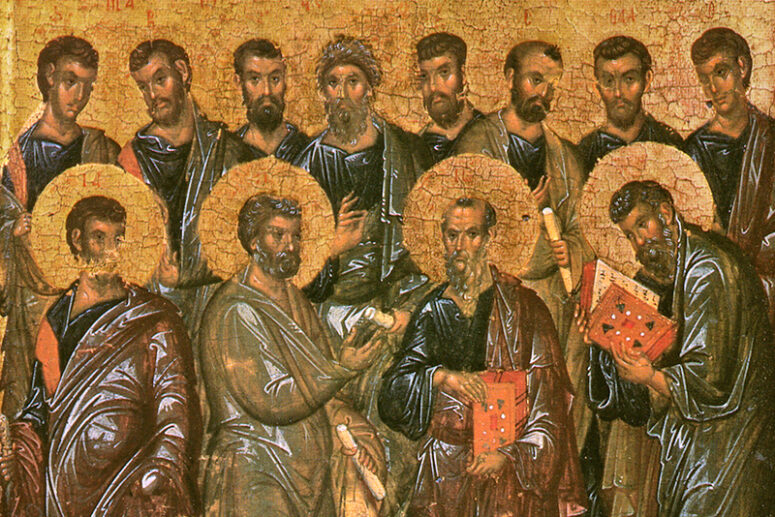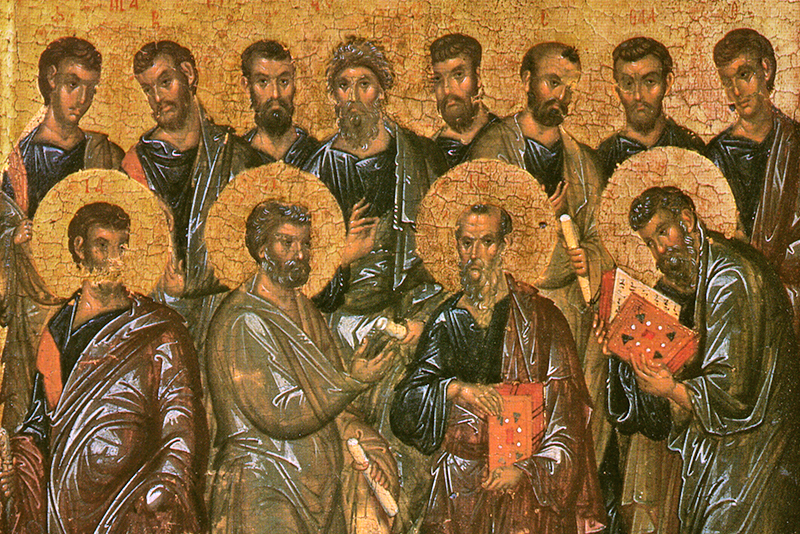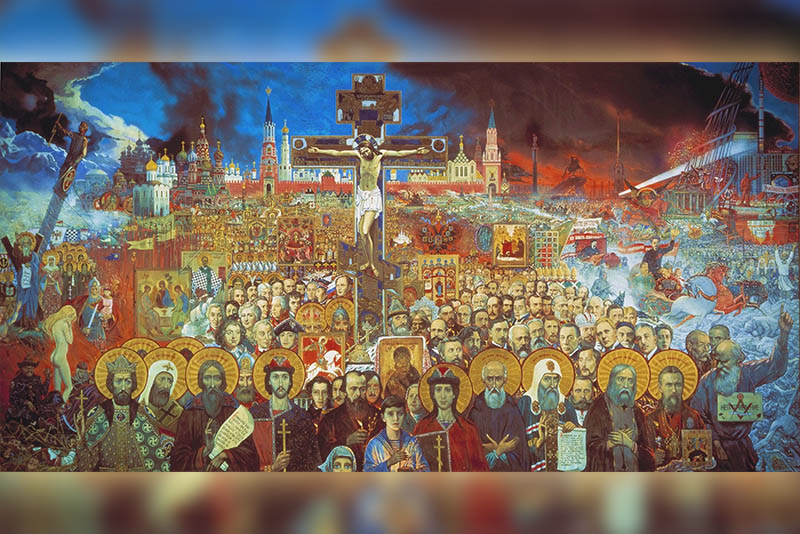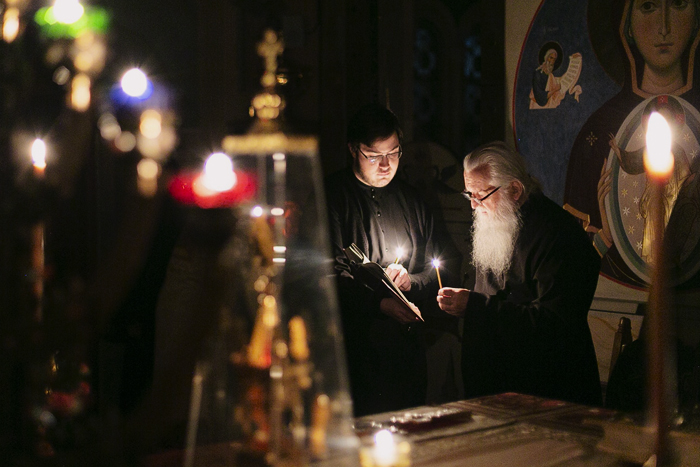
The Didache or The Lord’s Teaching through the Twelve Apostles to the Nations is one of the oldest monuments of Christian literature, dating from the second half or the end of the 1st century. The Didache contains unique information about the moral and church life of the first generations of Christians. The authority of the Didache in the early Church was so great that some theologians (for example, Clement of Alexandria) considered it part of Holy Scripture. What was this book about and is it worth reading today?
Content and General Characteristics
The text consists of 16 chapters, which can be conventionally divided into 4 sections. Chapters 1-6 are devoted to moral teaching. Chapters 7-15 contain rules governing liturgical life and preaching, as well as information about church ranks and services. The final chapter is a short version of the Apocalypse.
Stylistically, the Didache resembles the Proverbs and the Wisdom of Solomon, but it is not as abundant in allegories and strives for maximum clarity of presentation. Unlike many monuments of ancient literature, the text uses a simple language, which will be easy to comprehend for an unprepared reader. Even with the slowest and most thoughtful manner of reading, one can cover the whole text in less than thirty minutes.
Such brevity is balanced by the fullness of the contents. Many pericopes of the Didache are paraphrases of the biblical commandments and teachings: “Abstain from fleshly and worldly lusts. If someone gives you a blow upon your right cheek, turn to him the other also, and you shall be perfect. If someone impresses you for one mile, go with him two. If someone takes away your cloak, give him also your coat. If someone takes from you what is yours, ask it not back, for indeed you are not able” (1:4).
Moral Doctrine
The entire moral teaching of the Didache is based on the principle of the two ways: “There are two ways, one of life and one of death; but a great difference between the two ways” (1:1). This teaching is rooted in the Holy Scriptures: “…This is what the Lord says: See, I am setting before you the way of life and the way of death” (Jer. 21:8).
Man has no middle path other than a choice between God and godlessness. The path of life consists in fulfilling the commandments and avoiding sin, following the call to Love God and neighbor. At the same time, according to the Didache, achieving Salvation requires not so much perfection in all spiritual deeds, as a sincere desire and devotion in following the path of life (6:2).
The description of the way of life in the first chapter is built entirely on the words of Christ’s sermon. This chapter (as well as some others) contains an agraph, i.e. a saying of Jesus Christ not recorded in the canonical Gospel. It concerns caution in giving alms: “May your alms sweat in your hands before you know to whom you give it”.
The “benchmark” of following the path of life is contained in the words of the Sermon on the Mount, which are phrased as follows: “The way of life, then, is this: First, you shall love God who made you; second, your neighbor as yourself; and all things whatsoever you would should not occur to you, do not also do to another” (1:2).
The author repeatedly urges the reader to adhere to the path of life and makes a clear emphasis on this. He also gives a short yet meaningful description of the path of death: “And the way of death is this: First of all it is evil and full of curse: murders, adulteries, lusts, fornications, thefts, idolatries […] persecutors of the good, hating truth, loving a lie, not knowing a reward for righteousness […]” (5:1,2)
Liturgical Life and Church Ranks
The information contained in this section is of particular importance to the history of the Church. The Didache was lost and rediscovered only at the end of the 19th century. Some of the information was not known before the Didache, while some well-known church traditions turned out to be much older than we had thought.
For example, it is known that in the early centuries there were still prophets in the Church – a separate rank of preachers, often living nomadically (Rom. 12:6, 1 Cor. 12:28-30, 14:1,29,31,39). From the Didache we learn, for example, that they could celebrate the Eucharist (10:7).
It is known that the custom of fasting on Wednesdays and Fridays comes from Christian antiquity. However, the exact origin of this practice was unknown, which is why it was given a later theological interpretation: we are fasting on Wednesday, since on this day Judas betrayed Christ; and we are fasting on Friday, since Christ was crucified on Friday. The Didache revealed both the antiquity of this custom and its original interpretation: “But let not your fasts be with the hypocrites; (i. e. with Jews and Pharisees, A/N) for they fast on the second and fifth day of the week. But fast on the fourth day and the Preparation (Friday)” (8:1).
The most notable pericopes that shed light on the liturgical life of the first Christians describe the order of the Sacrament of Baptism (ch. 7), the practice of prayer and fasting (ch. 8), the practice of celebrating the Eucharist (ch. 9, ch. 14), the Eucharistic prayer (9:2-3) and the prayer of thanksgiving after Communion (10:1-6).
The church ranks in the Didache correspond to the ranks described by the Apostle Paul (1 Corinthians 12:28-30). The only passage in this section of the Didache that may be relevant to the modern reader teaches us to distinguish between a false prophet and a true prophet (11:5-12).
Apocalypse
The topic of the end of the world appears in the text quite unexpectedly. This allowed some researchers to put forward theories about the gradual development of the text of the Didache and about the original existence of the Didache in oral form.
This passage does indeed look somewhat unnatural in the text, but it is quite consistent with the apocalyptic mood of the first Christians, which is clearly expressed at the very beginning of the passage: “Watch for your life’s sake. Let not your lamps be quenched, nor your loins unloosed; but be ready, for you know not the hour in which our Lord comes” (16:1).
The passage is a simplified presentation of the Small (Synoptic) Apocalypse (Mt.24; Mk.13; Lk.21:5-36). The distinctive feature of this passage is that it does not say anything about the Kingdom of Heaven. The key event, which ends the story, is the second coming of the Lord into the world (16:1).
Why is the Didache worth reading?
– simple and intelligible presentation
– many valuable instructions and information about the life of the first Christians
– small volume
– the first section of the Didache contains the quintessence of the moral teaching of Scripture, suitable both for daily reading and for those who want to refresh their memory of this part of Christian teaching
Conclusion
A must read for every Christian, especially for those interested in the history of the Church. The undeniable spiritual benefits will be enormously higher than the time spent on this incredible short read.




